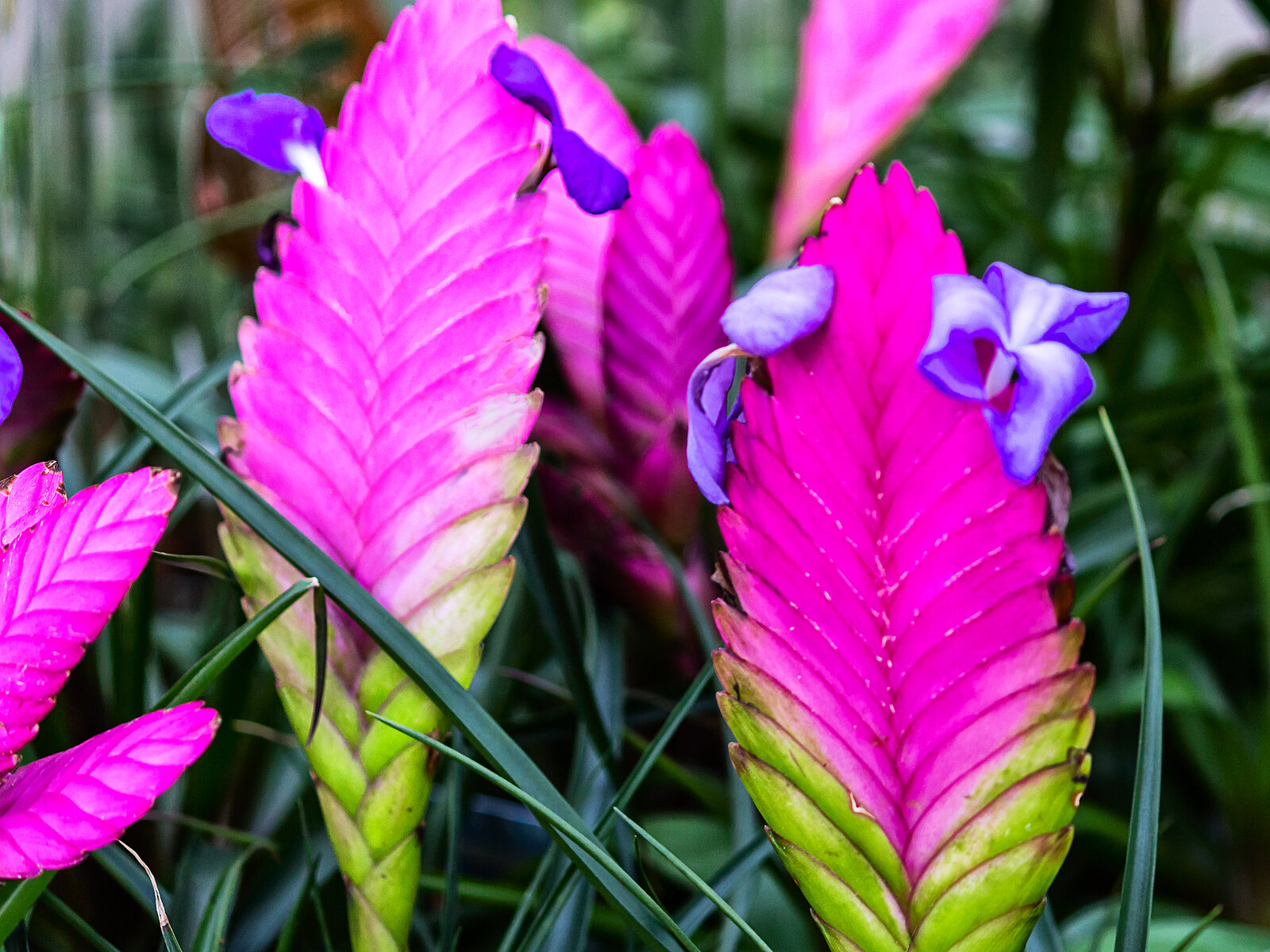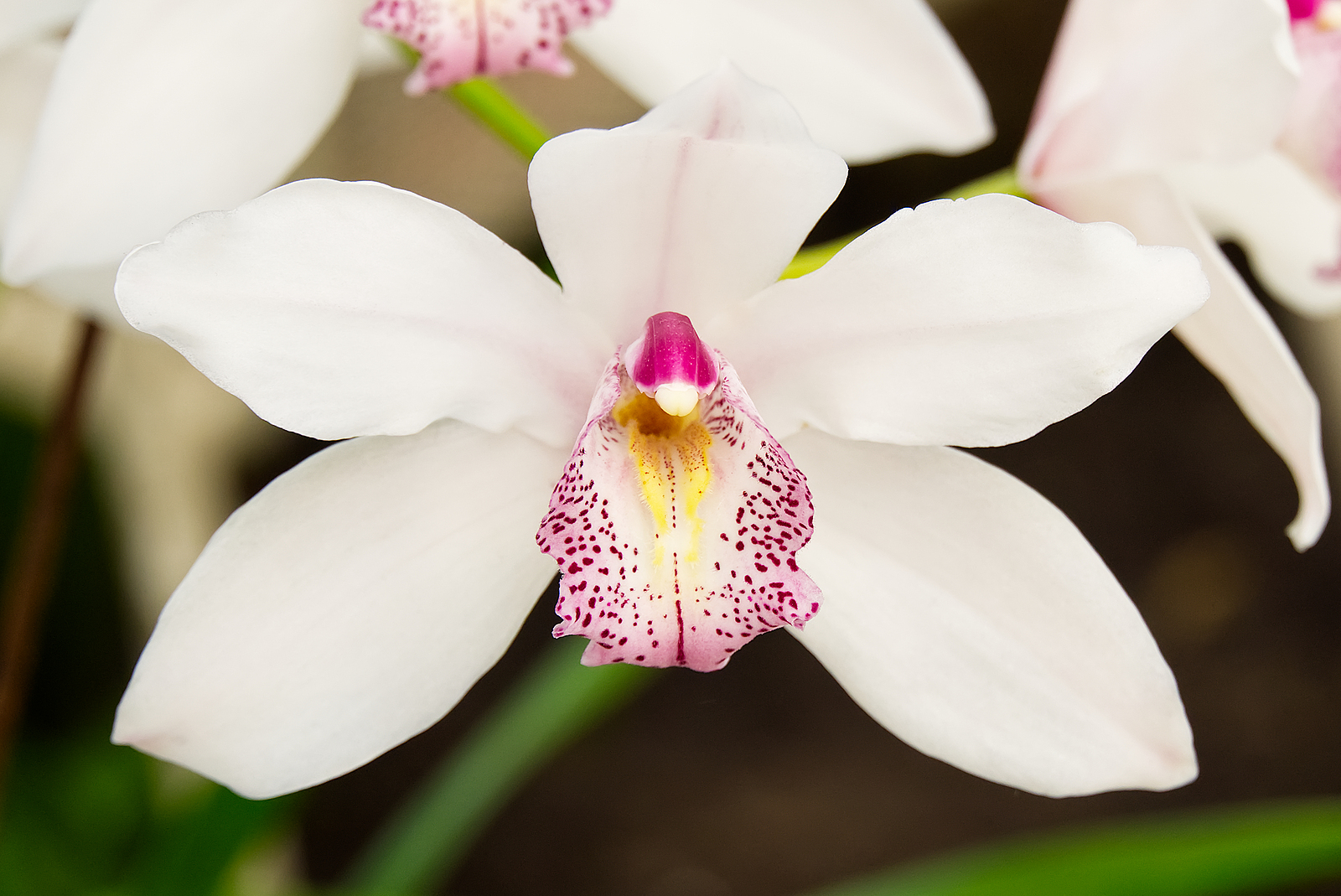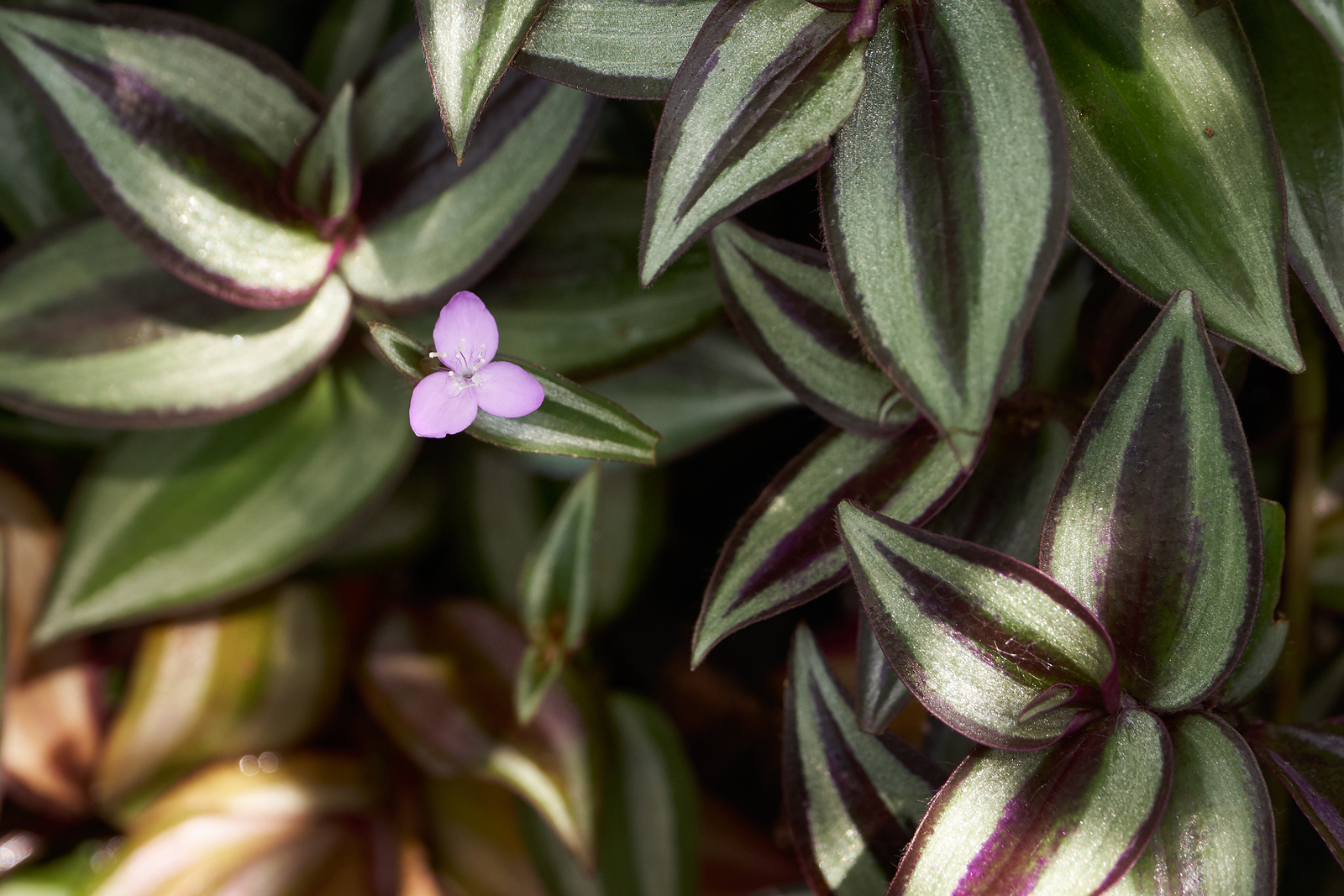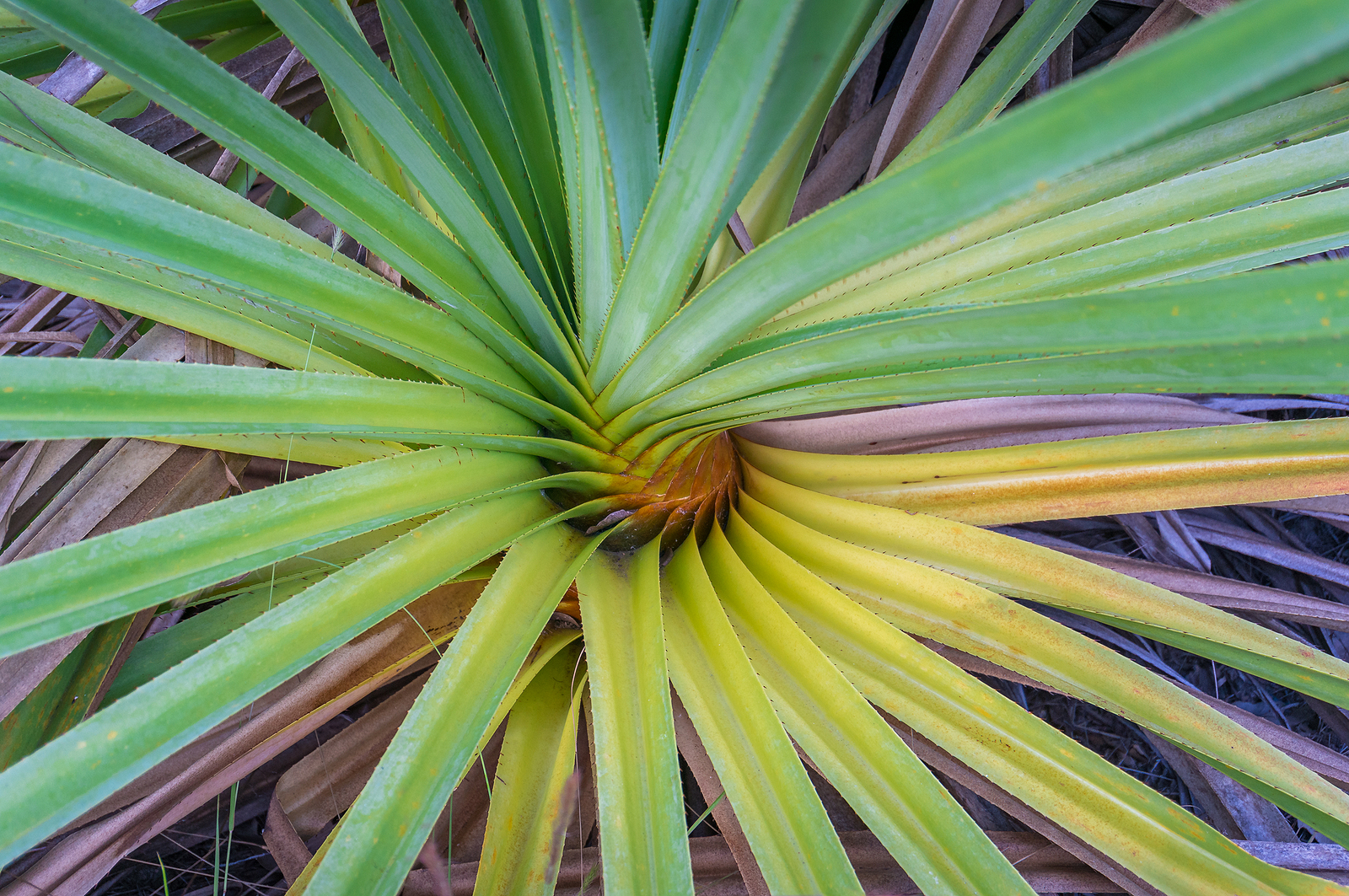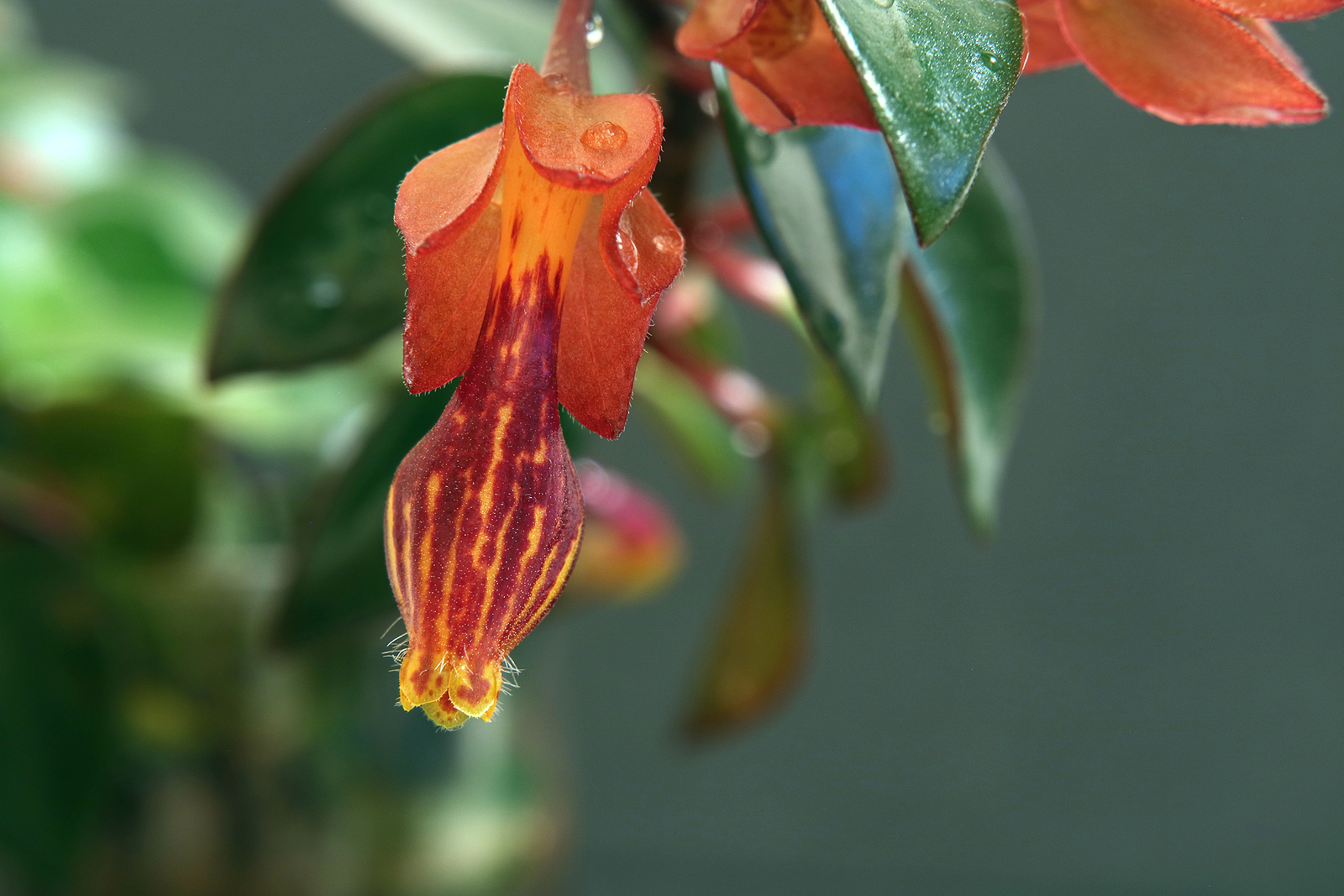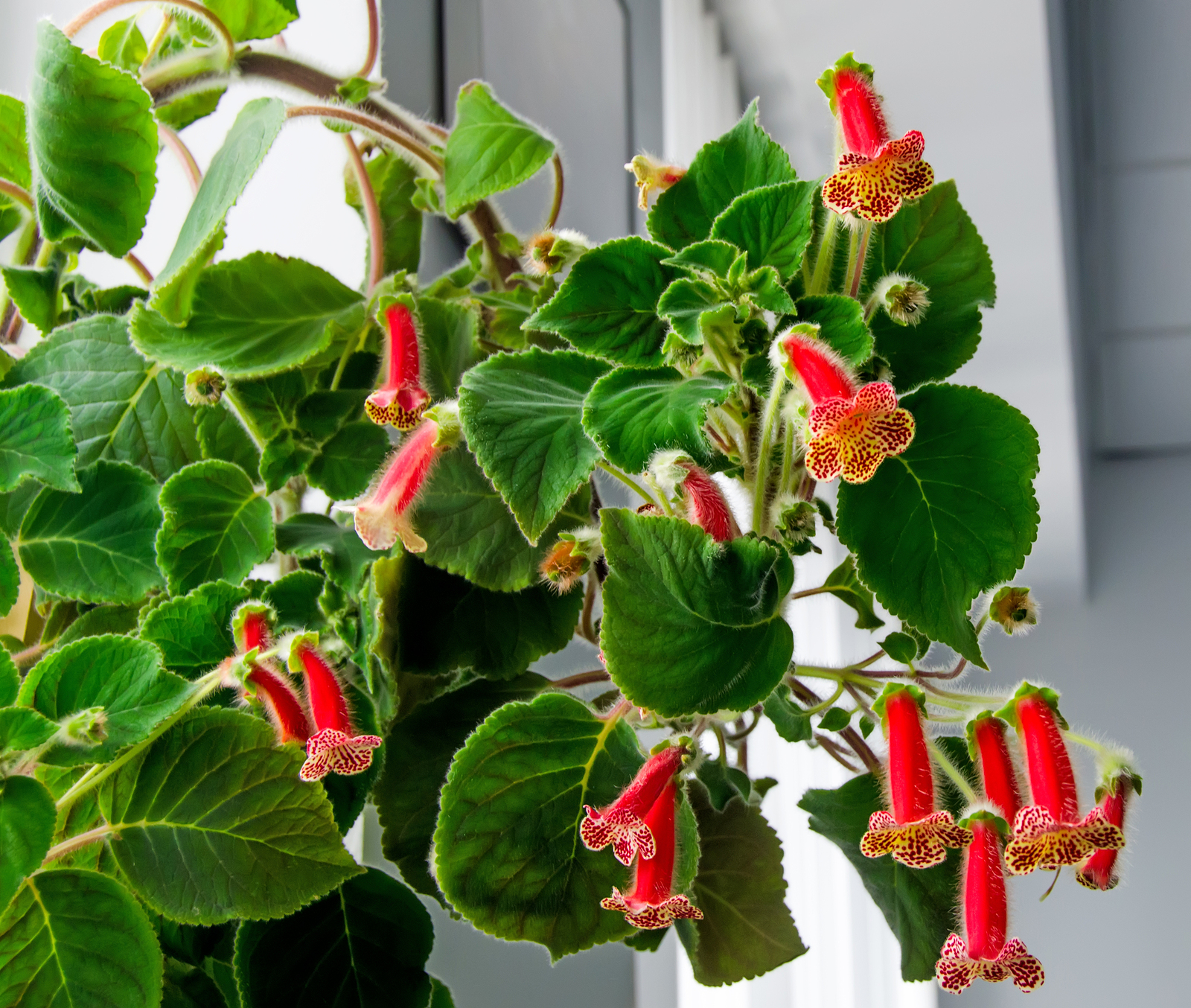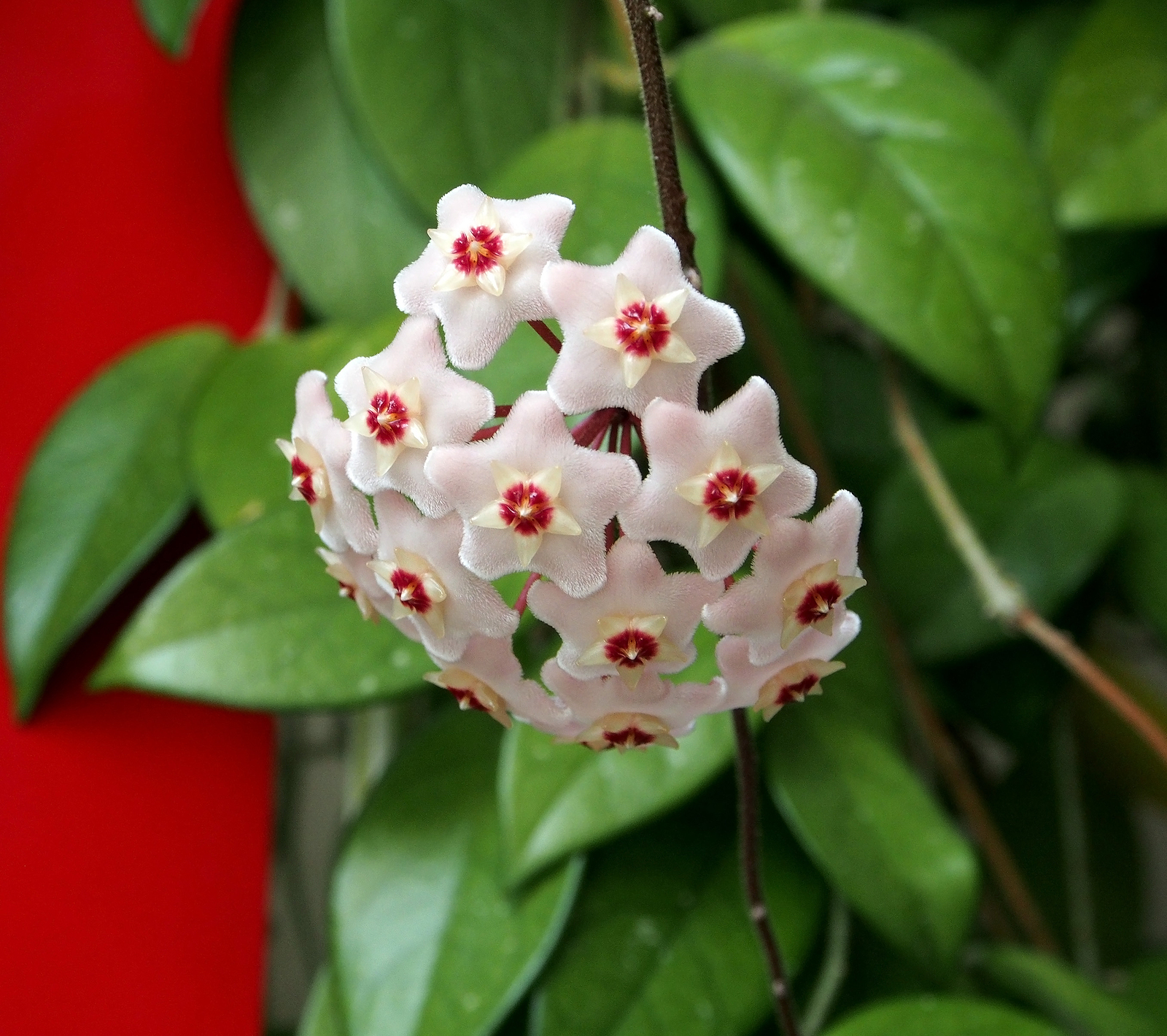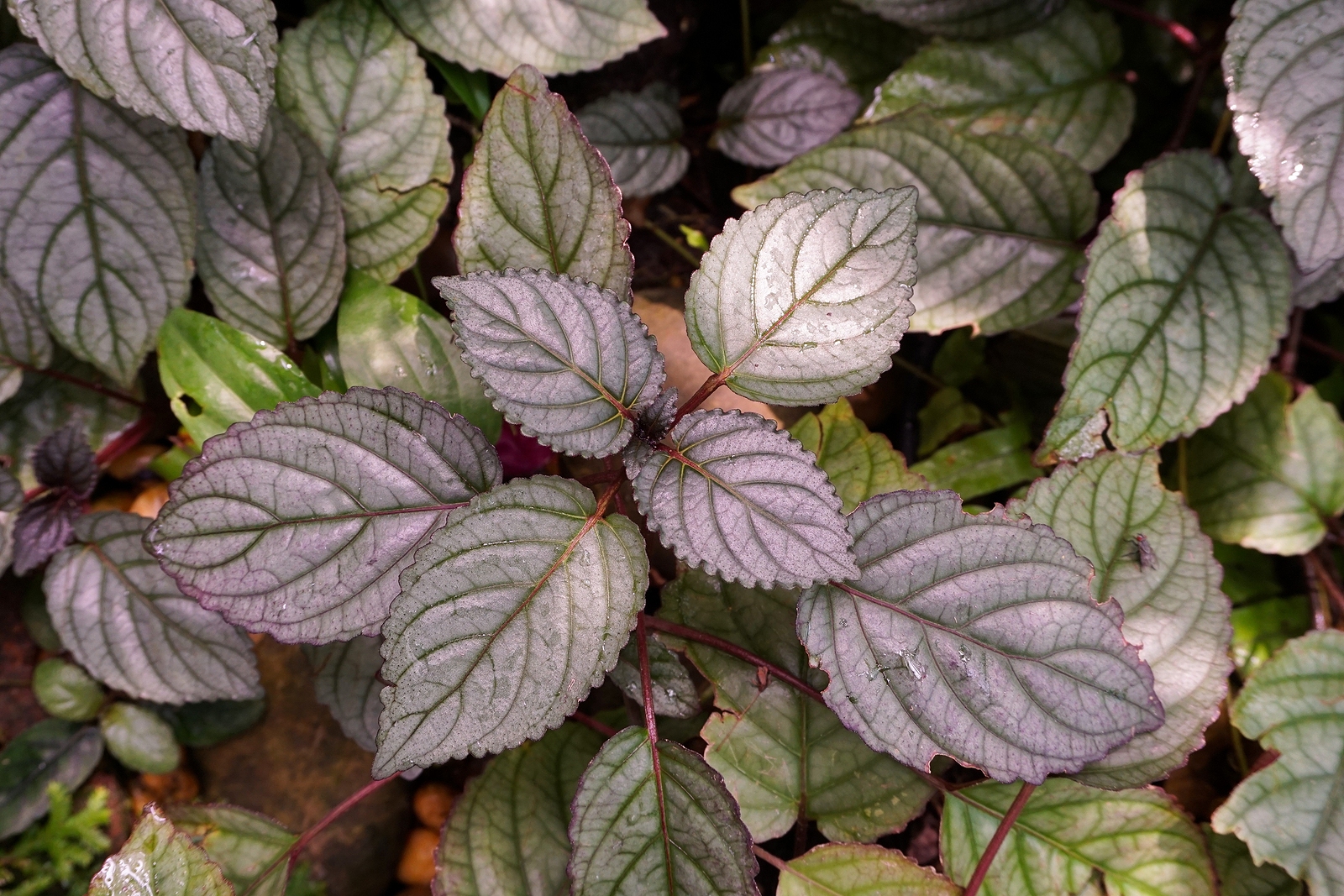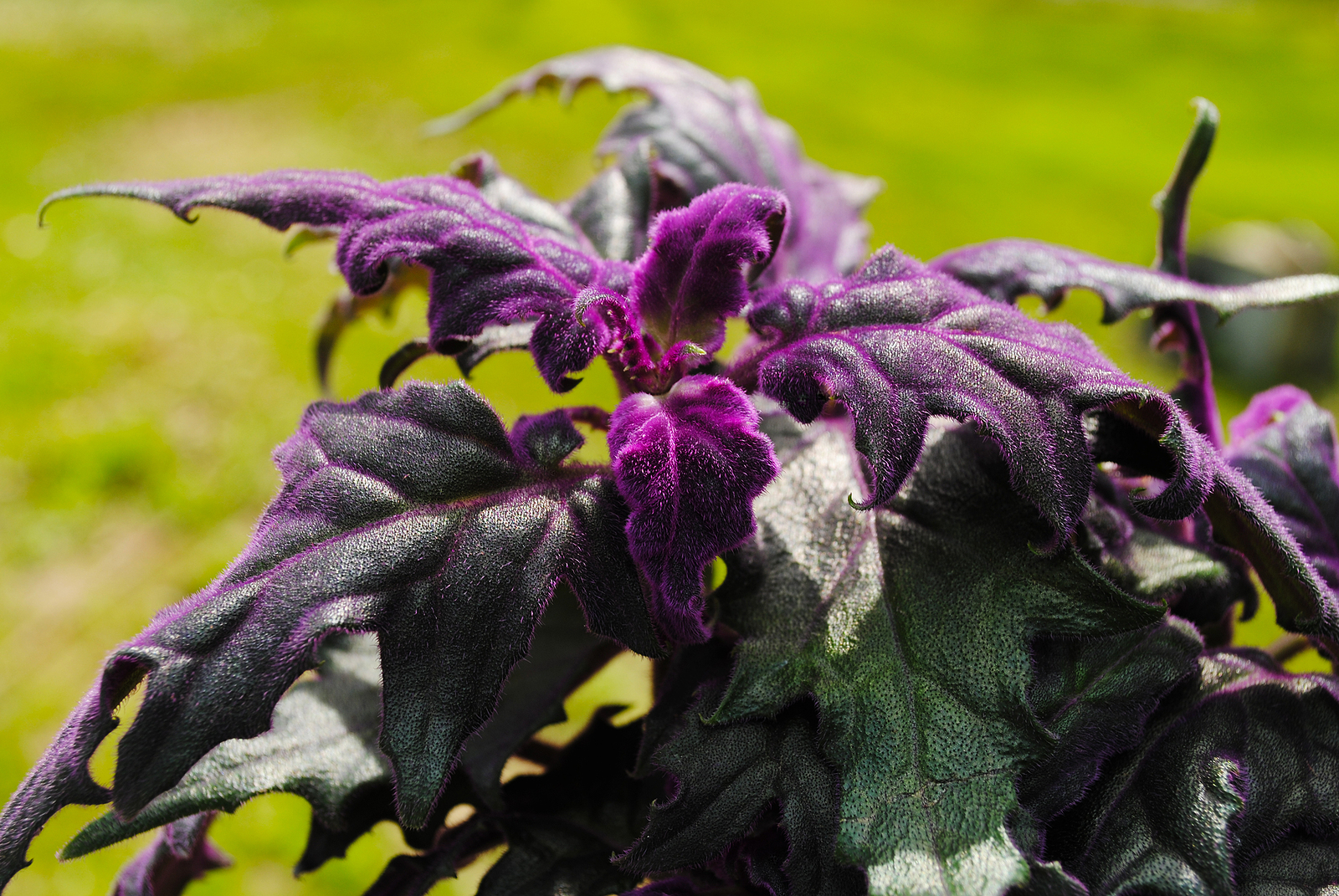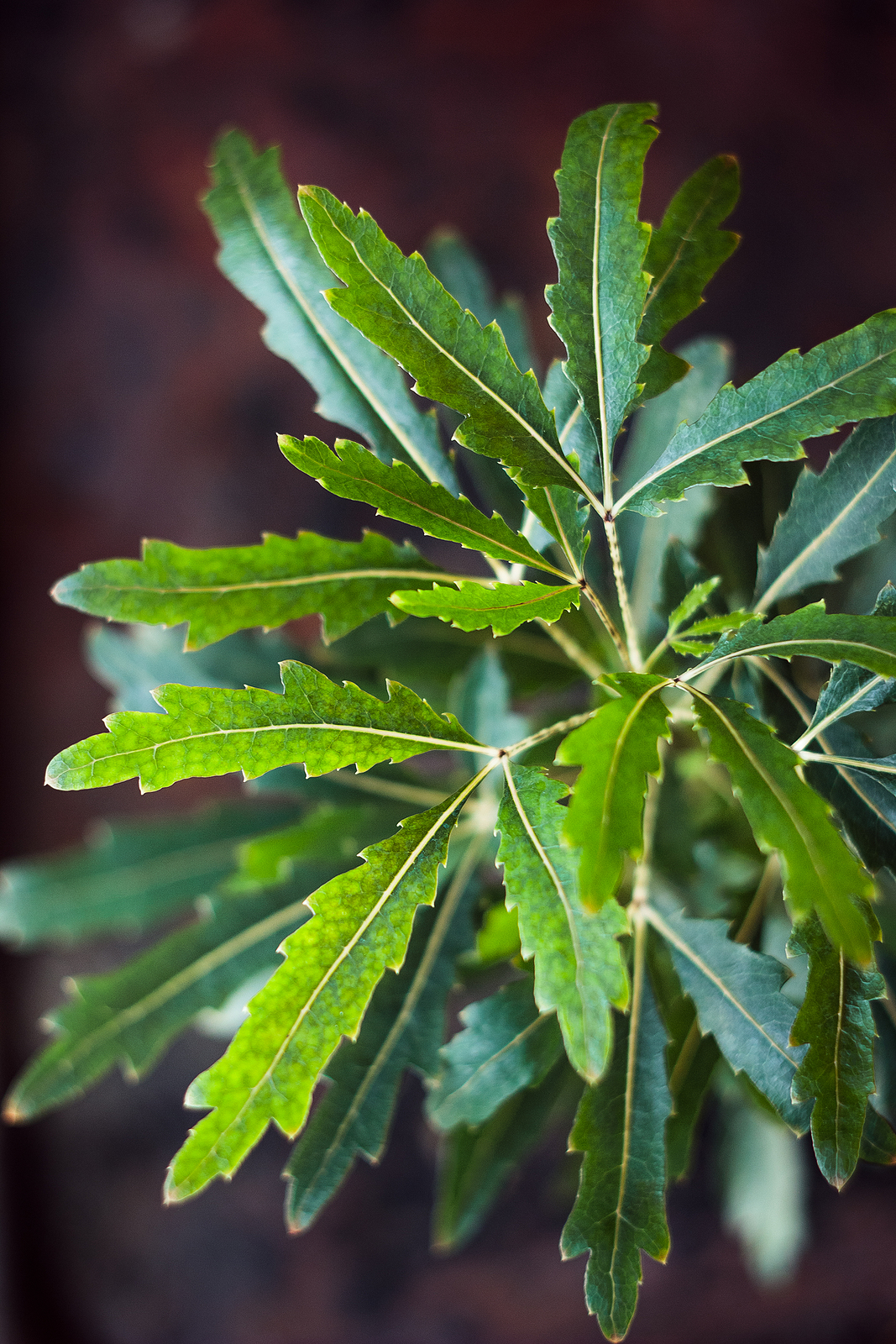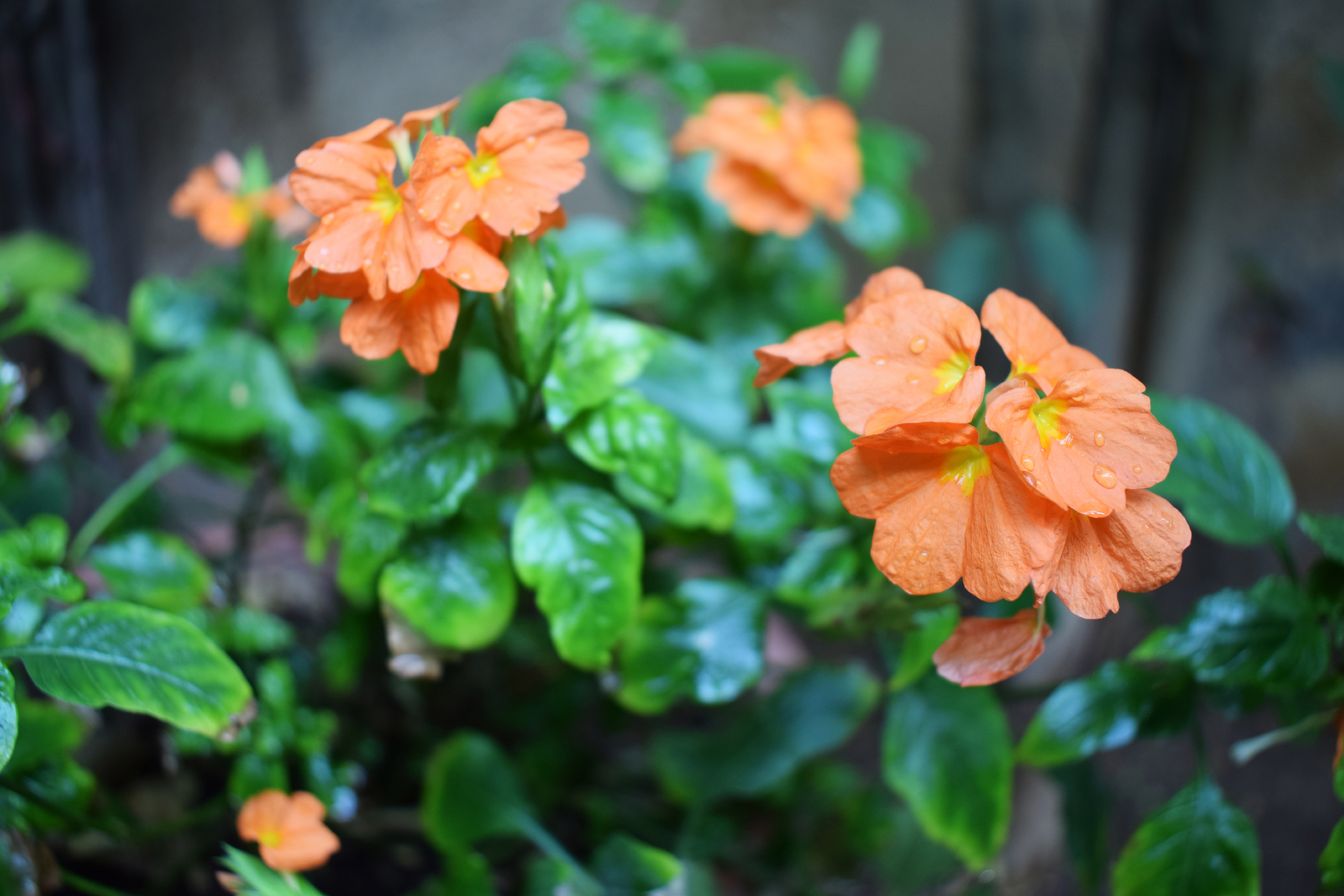How to Grow Tillandsia
Tillandsia, commonly known as air plants, is a diverse genus of over 650 species in the bromeliad family, native to forests, deserts, and mountains of Central and South America. These plants are epiphytes, meaning they absorb moisture and nutrients from the air through their leaves, not through their roots, which are primarily used for anchoring […] More

